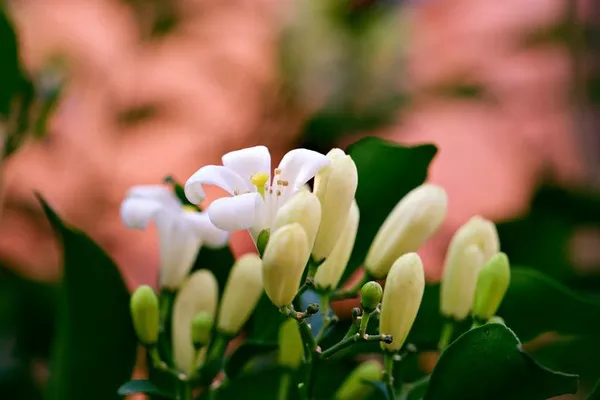Climate change mitigation efforts have taken an innovative turn, focusing on an unexpected ally in the battle against excess carbon in the atmosphere—seagrass. Despite covering a mere 0.2% of the ocean floor, seagrass has the potential to sequester a significant 15% of oceanic carbon. However, a new study reveals that the alarming decline of seagrass populations worldwide poses a severe threat to this crucial carbon drawdown mechanism.
Published in Frontiers in Marine Science, the research, conducted in the Gulf of Aqaba in the Red Sea in 2022, focused on the tropical seagrass Halophila stipulacea. The study, led by Neta Soto from Ben-Gurion University of the Negev, Israel, examined various elements of the seagrass, including roots, rhizomes, and leaves. These components were ground into particles and suspended in a sediment slurry for 25 days to measure remineralization rates.
The results indicated that seagrass components decomposed at different rates, with rhizomes exhibiting the fastest decomposition, followed by young leaves, roots, and old leaves. Rhizome remineralization maintained high levels for 15 days before rapidly declining, while young leaves surpassed rhizomes after a five-day delay. Root remineralization decreased after just 48 hours.
The study revealed that the rapid decomposition of rhizomes and young leaves led to a 50% loss of organic carbon storage in the surrounding sediment, with 30% from young leaves and 15% each from old leaves and roots. This underscores the importance of below-ground biomass in sequestering organic carbon due to slower decomposition rates, while above-ground elements release dissolved organic carbon more quickly.
High concentrations of hydrogen sulfide were prevalent in slurries containing rhizomes and young leaves, leading to increased mortality rates due to the toxic nature of this compound. The decline in seagrass contributes to a negative feedback loop, impacting oxygen transport to roots and hindering various processes in the carbon cycle.
Beyond biological processes affecting Blue Carbon storage, sediment grain size and location play crucial roles. The decline in seagrass not only jeopardizes carbon drawdown but also exacerbates ocean acidification, further threatening coral reefs. Additionally, the lack of burrowing activity in degraded seagrass areas can lead to methane production, a potent greenhouse gas.
In conclusion, the decline of seagrass poses a dual threat, diminishing its capacity to sequester carbon while exacerbating the detrimental effects of climate change on marine ecosystems. Urgent conservation efforts are essential to protect these vital carbon sinks and ensure the health of our oceans in the face of escalating environmental challenges.


